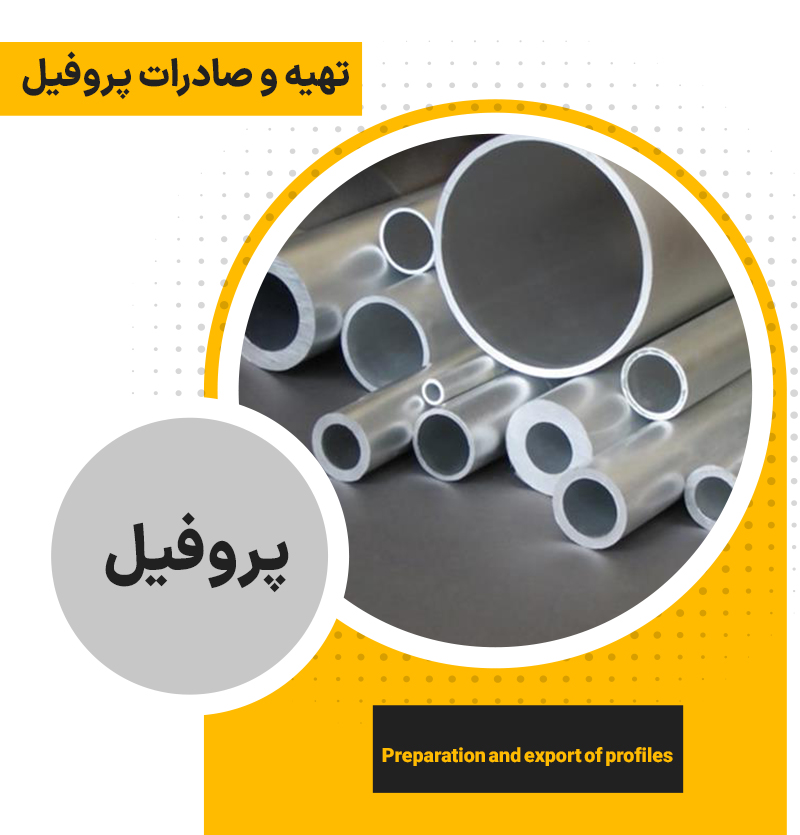Preparation and export of profiles
Hits : 864 |
barcode : 5
Profiles have many uses in construction, industry and road construction, but it is mostly used in the construction of iron doors and windows.
The profiles are square and rectangular, with small sections used for metal railings for doors and windows, stairwells, factory wall railings, sidewalks and streets, but larger sections of the profiles are known as columns. Are used in the construction of columns and steel structures.
Advantages and disadvantages
In this method, the initial part of the machine (including Forming and Finishing) is converted into one of the three ways of edge shaping, central shaping or shaping through the real radius and according to the designer's opinion and machine conditions, in the sizing section. It is converted to the desired shape, which is called Online method, or after the tube is complete and cut in this round, the deformation operation is performed in other devices.
In this method, because you can make a pipe in the forming part and change at least a few molds in the sizing part or take it to other non-welded devices, several types of profiles can be prepared. Having variety is possible with a minimum of pipe making machine. In addition, because the air distance between the inductor and the pipe can be kept to a minimum and the selected diameter can be as high as possible, the maximum power of the welding machine can be used and the production speed will be higher than the direct method.
Molds are curved and easier to make with the machine and in heat treatment the probability of breaking is much less due to the lack of sharp corners, but in terms of quality, the corners are rounder and the size of the sides and the weld line and surface curvature are lower than the method. Will be direct.
Profile
If the production of the pipe is only for the supply of gas or water pipes, the diameter of the pipe in the welding section is about half a millimeter larger than the final diameter, and this amount of extra pipe diameter increases with the linear velocity created by increasing the diameter of the molds in each gate. They reduce 0.5 to 0.2 mm in sizing and practically stretch and round the pipe.
The produced pipe can be tested before cutting by non-destructive eddy current test (magnetic field) or after cutting offline test, and then after pleating, the hydrostatic test can be performed up to a pressure of about 70 times for 5 minutes. Seconds, and after confirming and printing the necessary specifications on the pipes, it was packed in a hexagon and marketed. This method is also used for cans, beams, angles and studs.




